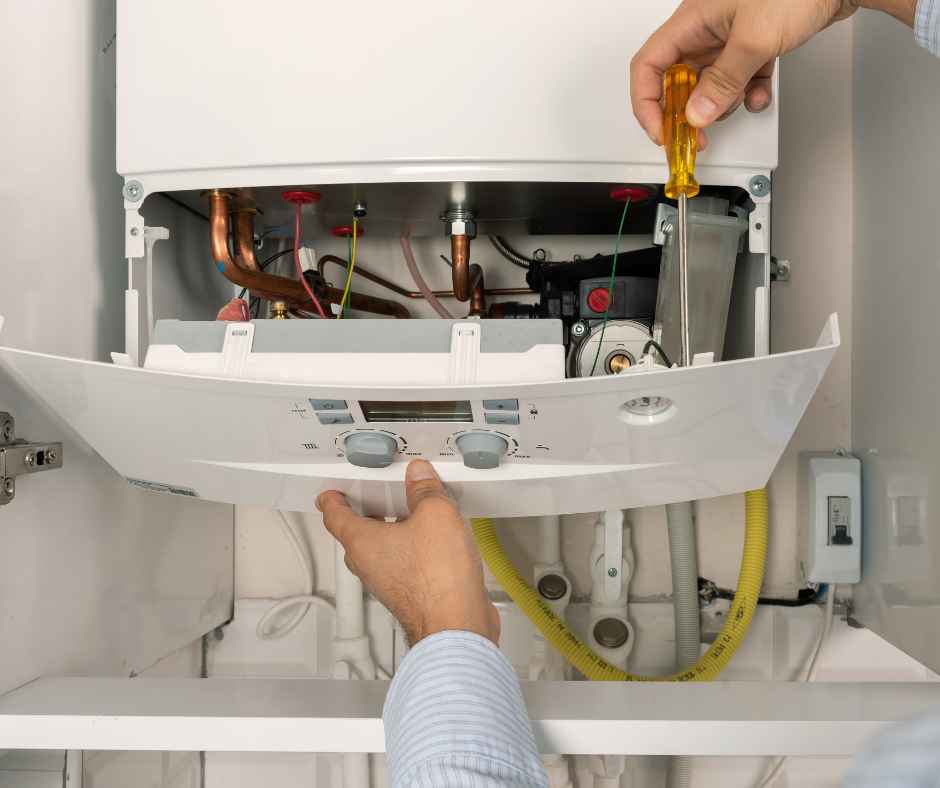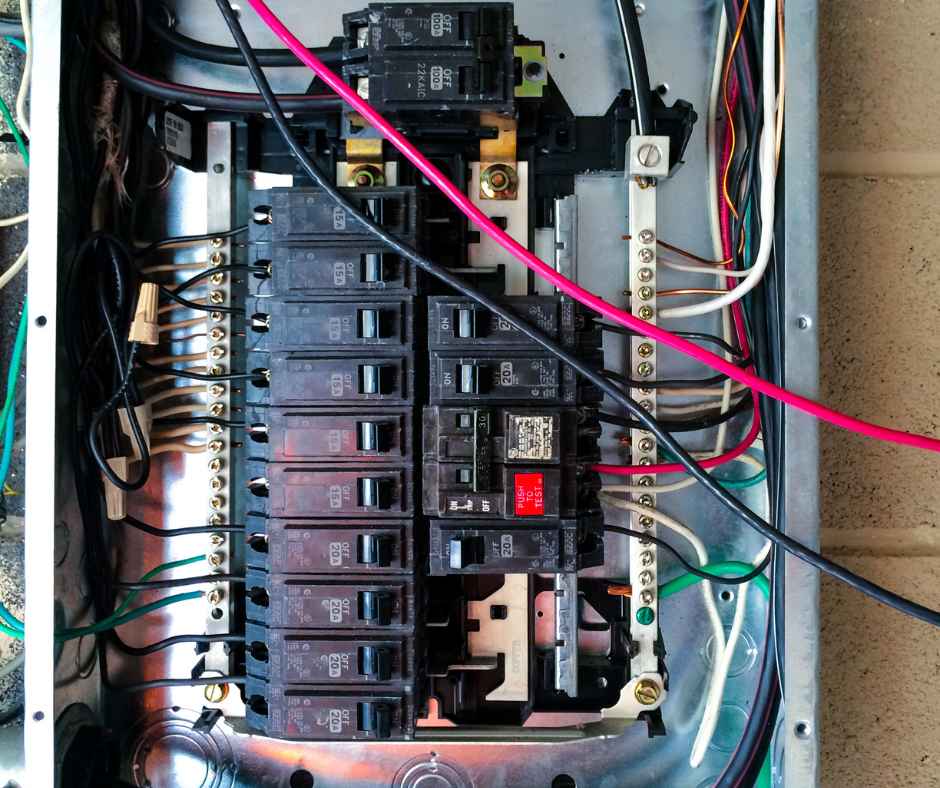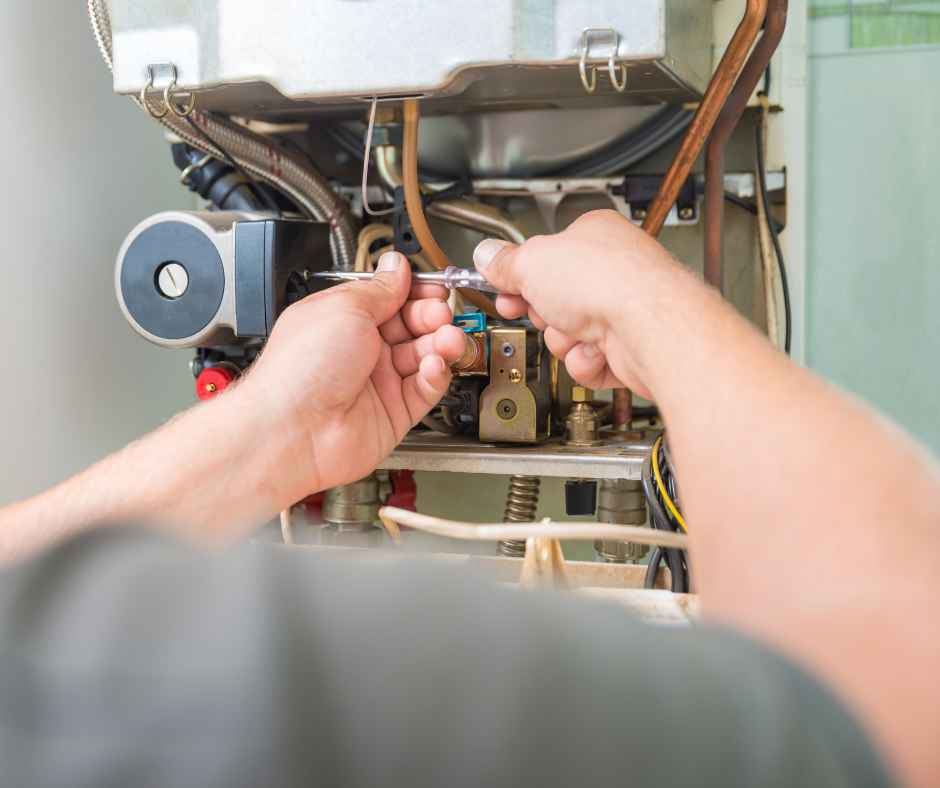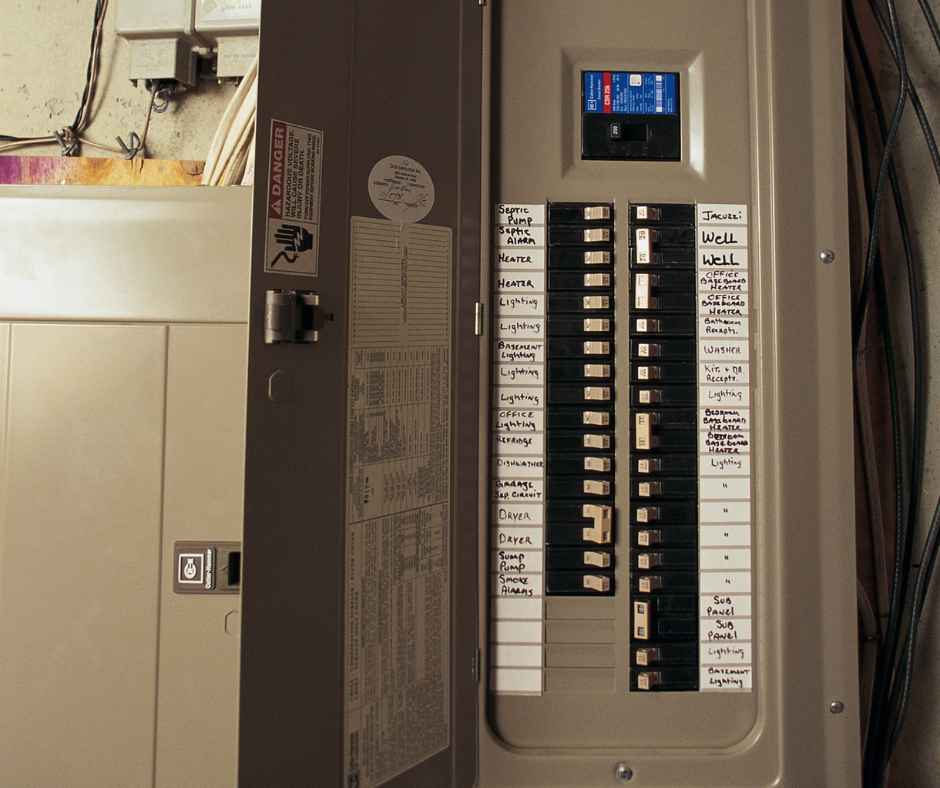Serving Colorado Springs & Surrounding Areas
Heating Your Home at Altitude: What Colorado Springs Homeowners Need to Know

Living in Colorado Springs means enjoying crisp mountain air and stunning views, but the higher altitude brings unique challenges when it comes to heating your home. Many homeowners don’t realize that elevation directly affects how furnaces and heating systems operate. With less oxygen available in the air, combustion-based heating equipment can lose efficiency and struggle to maintain comfort. If your system isn’t adjusted properly for altitude, you may notice higher utility bills, uneven heating, or premature wear and tear. The good news is that with the right adjustments, equipment choices, and preventative maintenance, you can keep your home comfortable no matter how cold the winters get.
In this blog, we’ll explain what Colorado Springs homeowners need to know about heating at altitude and how to get the best performance from your system.
How Altitude Affects Home Heating
At higher elevations like Colorado Springs, the thinner air has less oxygen, which directly impacts how furnaces and other combustion-based appliances operate. Most heating systems are designed and tested at sea level, where oxygen levels are higher. When those same systems are used at altitude, they can struggle to burn fuel efficiently, leading to performance issues.
This reduced oxygen level affects the fuel-to-air ratio inside your furnace. If the balance isn’t adjusted for local conditions, your system may use more fuel while producing less heat. Over time, this not only drives up utility costs but also places unnecessary stress on the equipment.
Altitude can also cause certain heating appliances to perform differently than their manufacturer ratings suggest. For example, a furnace advertised with a 95% efficiency rating at sea level may operate at a lower efficiency when installed in Colorado Springs. This is why proper adjustments and expert installation are essential to keeping your home both warm and energy-efficient in high-altitude conditions.
Common Heating Challenges for Colorado Springs Homeowners
Heating a home at altitude isn’t quite the same as heating at lower elevations. Colorado Springs residents often experience issues that stem directly from reduced oxygen levels and the region’s dry climate. Understanding these challenges can help you spot problems early and take steps to prevent them.
Furnace Efficiency Drops
One of the most common issues is a drop in furnace efficiency. Furnaces rely on the right balance of fuel and oxygen for combustion. At higher altitudes, the reduced oxygen makes it harder for the system to maintain this balance, often leading to incomplete combustion. This can cause your furnace to work harder while producing less heat, which raises energy costs.
Air Quality and Comfort Issues
Colorado’s dry mountain air can be tough on indoor comfort. Heated air at altitude often feels drier, which can cause discomfort such as dry skin, irritated sinuses, and static electricity. In addition, with less moisture in the air, dust and particulates can circulate more easily, affecting your home’s air quality.
Increased Wear on Systems
Because furnaces and heating systems must run longer to maintain comfort, they experience more wear and tear compared to homes at lower elevations. Over time, this added strain can shorten the lifespan of your equipment, increase the need for repairs, and lead to unexpected breakdowns during the coldest months.
Solutions for Heating Your Home at Altitude
While altitude presents unique challenges, there are proven solutions that help Colorado Springs homeowners keep their homes comfortable and energy-efficient. With the right adjustments, equipment, and indoor air strategies, your heating system can perform reliably despite the thinner mountain air.
Professional Furnace Adjustments
One of the most important steps is having your furnace properly adjusted for altitude. Technicians familiar with Colorado Springs conditions can modify burners, fuel settings, and airflow to ensure your system operates efficiently. Without these adjustments, your furnace may waste fuel and struggle to produce consistent heat.
Humidity Control and Air Quality
Since dry air is a common issue in the region, adding a whole-home humidifier can significantly improve comfort during winter months. Balanced humidity reduces dry skin and sinus irritation while also helping your heating system work more efficiently. Pairing this with regular filter changes and duct cleaning improves indoor air quality, keeping your home healthier and more comfortable.
Choosing the Right Equipment
For homeowners upgrading or replacing a system, choosing equipment designed for efficiency at altitude is key. High-efficiency or variable-speed furnaces adapt better to fluctuating demands and provide consistent warmth without overworking the system. Local HVAC professionals can recommend models that are best suited for Colorado Springs homes.
By combining professional adjustments, humidity solutions, and carefully chosen equipment, you can overcome the challenges of altitude and maintain a comfortable home all winter long.
Preventative Tips to Maximize Comfort and Efficiency
Heating your home in Colorado Springs requires more than just the right equipment. Consistent care and small preventative measures can make a big difference in both comfort and long-term savings. By staying proactive, you can keep your system running smoothly throughout the year.
One of the simplest but most effective habits is scheduling annual heating system maintenance. A professional tune-up ensures your furnace is adjusted properly for altitude, runs efficiently, and is ready for the demands of cold winters.
Homeowners should also take steps to improve overall energy efficiency. Sealing air leaks around windows and doors keeps warm air inside and prevents your furnace from overworking. Adding insulation in attics and crawl spaces provides another layer of protection against heat loss.
Another easy way to maximize efficiency is by using a programmable thermostat. Setting your system to lower the temperature slightly while you’re asleep or away saves energy without sacrificing comfort. Finally, be sure to replace furnace filters regularly. Clean filters allow better airflow, reduce strain on your system, and keep indoor air quality healthier.
By combining these preventative measures with professional support, you’ll get the best performance out of your heating system, no matter how challenging Colorado Springs winters become.
Wrap-Up: Stay Warm With WireNut Home Services
Heating your home at altitude comes with unique challenges, but with the right approach, Colorado Springs homeowners can stay comfortable and save money all winter long. Adjustments for thinner air, humidity control, and high-efficiency equipment all play an important role in keeping your heating system reliable. Pairing these upgrades with preventative maintenance ensures your home is ready for the coldest days of the year.
When it comes to heating at altitude, you don’t have to figure it out on your own. The experts at WireNut Home Services understand the unique demands of Colorado Springs homes and have the experience to optimize your system for local conditions.
Contact WireNut Home Services today to schedule your heating service and make sure your home is ready for high-altitude comfort.




